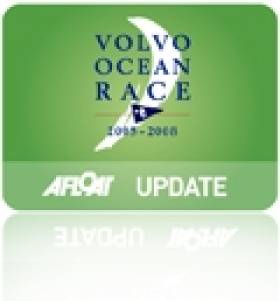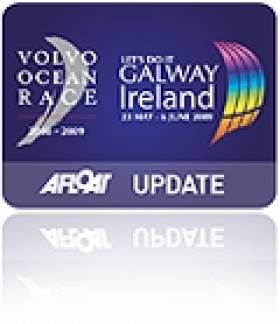Displaying items by tag: Chinese
Volvo Ocean Race Yacht Chinese Gybe Video
#chinesegybe – This frightening video of a 'chinese gybe' was taken early this week on board a yacht taking part in the round-the-world Volvo Ocean race, as it encountered rough weather in the tumultuous Southern Ocean. The MAPFRE team's vessel did an involuntary "Chinese gybe," also known as a "death roll," while located about 2,000 miles from the nearest landmass. Two other teams did Chinese gybes on Monday into Tuesday in gale force winds and high seas, causing damage to some of the boats but no injuries.
MAPFRE (Iker Martínez/ESP), pictured above, led the fleet over Point Nemo on Wednesday after an amazing recovery from their Chinese gybe just 24 hours earlier.
They were one of three boats – Dongfeng Race Team (Charles Caudrelier/FRA) and Team SCA (Sam Davies/GBR) were the others – to crash over on their side as the fleet struggled through a heinous sea state and 40 knots of wind (75kph) in the Southern Ocean.
Dublin to Hamble in 24 Hours - Team Sanya's Video
One minute it's trips round the bay with Miss World, canapés at the Royal Irish Yacht Club and corporate hobnobbing in Dun Laoghaire. The next it's a wet and windy ride from Dublin to Hamble in 24 hours. It's the lot of the modern Volvo Ocean Race crew (helmets compulsory). Chinese-Irish race entry Team Sanya boss Mike Sanderson (a previous race winner) has called his exit from Dublin 'heinous'. Don't take our word for it tho, check his vid below:

























































